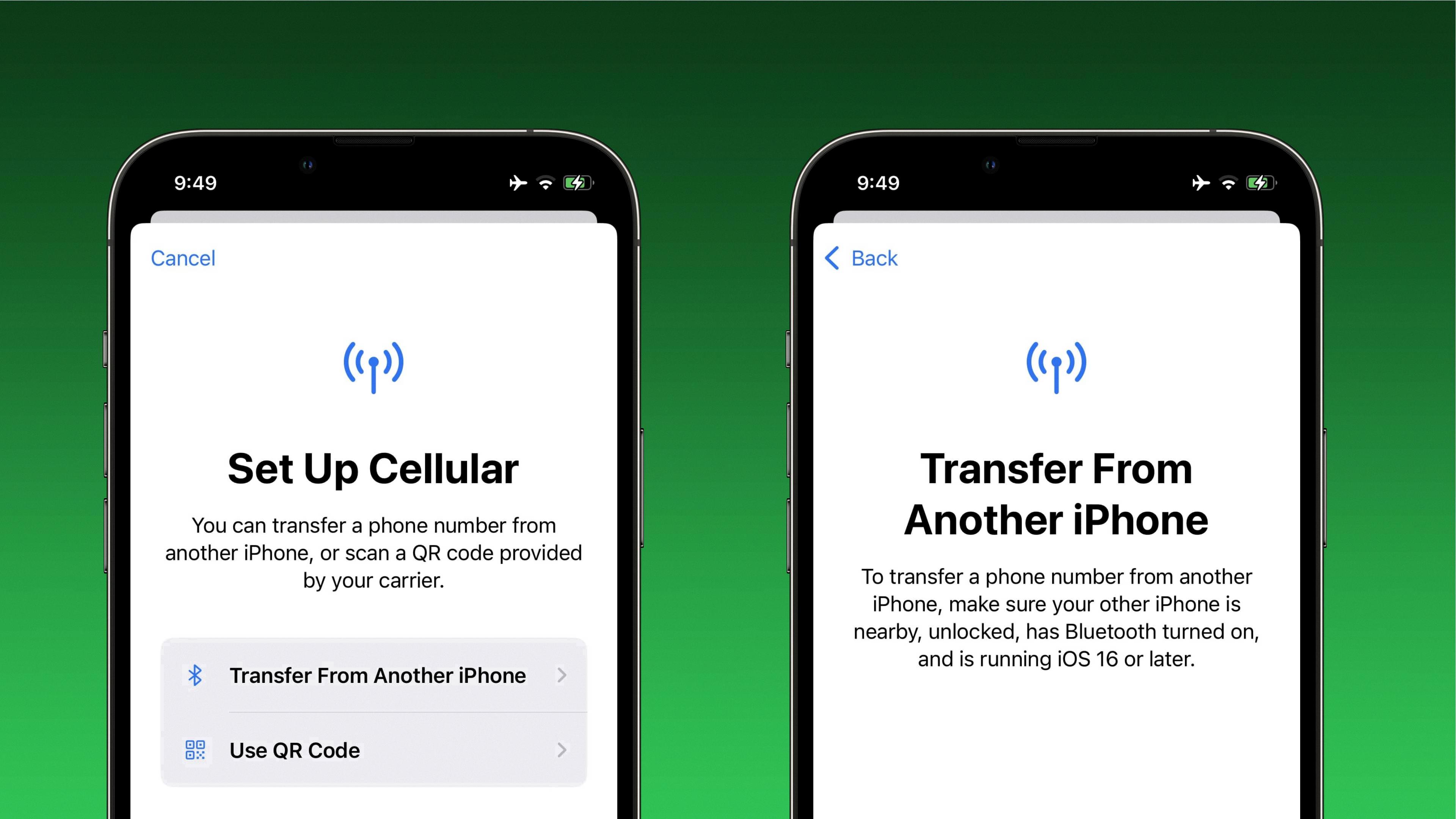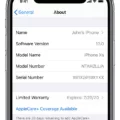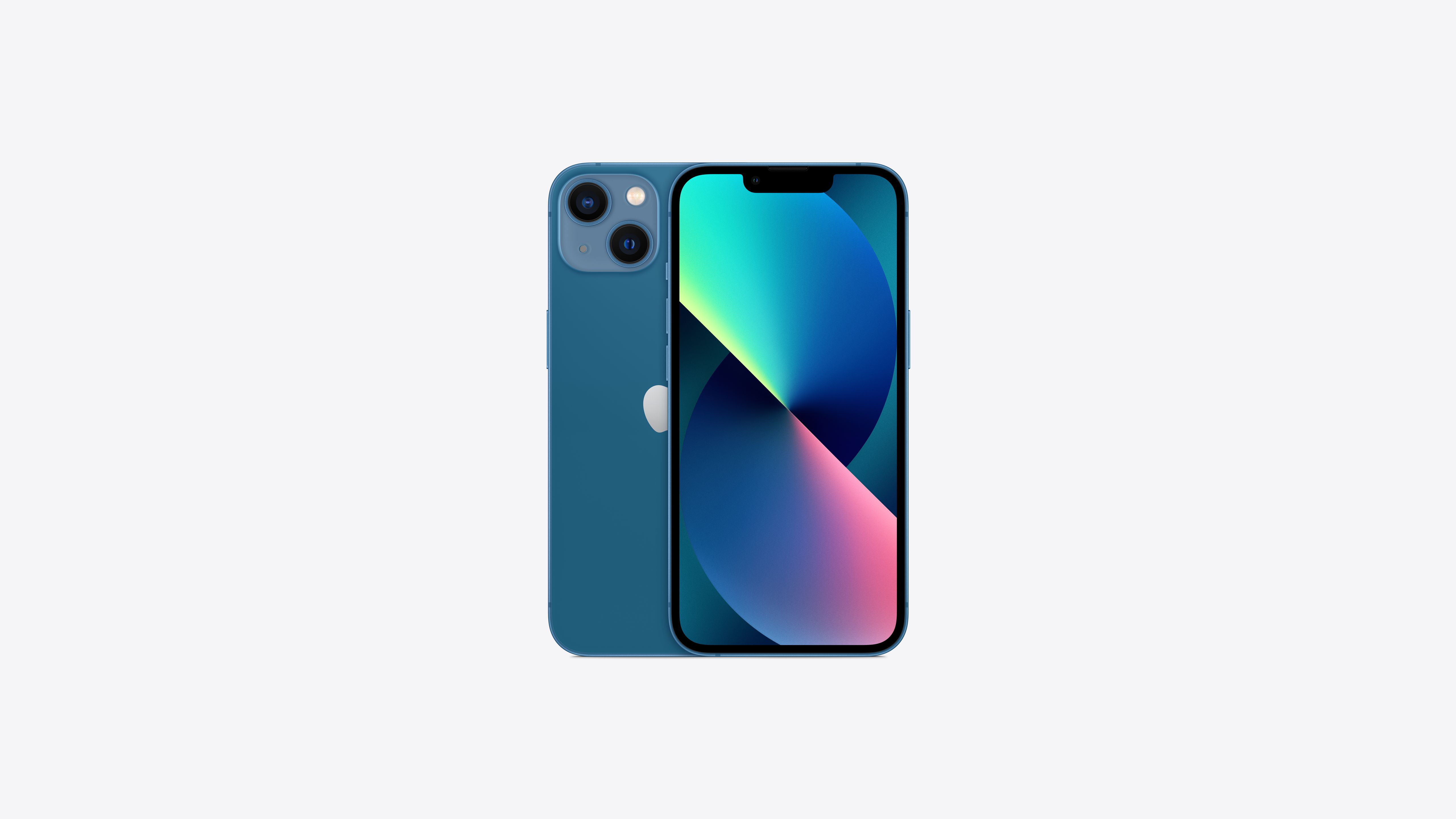Transferring phone carriers can seem like a daunting task, but it doesn’t have to be. With a little bit of knowledge and patience, you can easily switch to a new provider without losing your phone number or incurring extra fees.
The first thing to consider when transferring phone carriers is whether or not you want to keep your current phone number. Most people do, and luckily, it’s relatively easy to do so. Simply request service from your new provider and they will handle the process of porting your number over from your old carrier. It’s important to note that your old carrier cannot refuse to port your number, even if you owe money to your account.
In some cases, companies may charge a fee for porting your number. However, it doesn’t hurt to ask whether or not these fees can be waived or negotiated. Once you sign up for a new service, you’ll receive a new SIM card for your phone. After installing it, contact your new provider to initiate the porting process.
The porting process typically takes around three hours for mobile numbers, although landline numbers may take longer. Your new provider should be able to tell you when the port is complete. During this time, you may experience some temporary service disruptions, but these should be minimal.
It’s important to make sure that your current phone plan is still active when you initiate a port. Additionally, you’ll need to provide your new provider with some important information from the primary account holder, such as your account number and PIN.
While transferring phone carriers may seem like a hassle, it can be well worth it in the long run. Switching to a new provider can often mean better service, more affordable plans, and new phone options. So, don’t be afraid to take the leap and make the switch to a new carrier today.
Transferring a Cell Phone From One Carrier to Another
You can transfer a cell phone from one carrier to another by a process called porting. Porting allows you to keep your existing phone number when switching to a new carrier. To port your phone number, you need to provide your new carrier with your old carrier account number, your phone number, and any necessary PIN or password. Your new carrier will then contact your old carrier to initiate the porting process. It may take a few hours or up to several days for the transfer to be completed. However, please note that some carriers may charge a fee for porting your number, which you can usually negotiate or have waived.

Switching Carriers and Keeping Your Phone
To switch carriers and keep your phone, you need to follow these steps:
1. Sign up for a new service: Choose a new carrier with a plan that suits your needs.
2. Get a new SIM card: Once you sign up for a new service, you’ll receive a new SIM card for your phone.
3. Contact the new provider: After installing the new SIM card, contact the new provider to port over your phone number. Companies are required to let you take the number with you.
4. Handle the porting process: Some carriers allow you to handle this online, while you’ll need to call others. It’s important to have your account information and the phone number you want to transfer ready.
5. Wait for the process to complete: The porting process can take a few hours up to a few days. Your old service will continue to work until the transfer is complete.
6. Test your phone: Once the transfer is complete, test your phone to make sure everything is working correctly.
It’s essential to note that you may need to pay an early termination fee to your old carrier if you’re still under contract. It’s also important to back up your phone’s data before making the switch, as this process could potentially erase all of your information.
Keeping the Same Phone Number When Switching Carriers
You can switch phone carriers and keep the same number in most cases. This process is called number porting, and it allows you to transfer your phone number from your previous carrier to your new carrier. However, it is important to make sure that your current phone plan is still active when you initiate the porting process. Moreover, you may need to provide some important information from the primary account holder to complete the porting process. Additionally, it is worth noting that some carriers may charge a fee for porting your number. switching phone carriers and keeping the same number is possible, but it is important to check with both carriers to ensure a smooth transition.
Transferring Phone Providers: How Long Does It Take?
The process of transferring your phone number from one provider to another is known as porting. The time it takes to complete this process can vary depending on the type of phone number being transferred. For mobile numbers, it typically takes around 3 hours for the porting process to be completed. However, for landline numbers, the process may take longer. It is important to note that the new telco will inform you when the porting process is complete. the duration of porting varies depending on the type of phone number being transferred, and the new provider will notify you once the process is complete.
Conclusion
Transferring phone carriers is a relatively simple process that allows you to keep your phone number while changing providers. While there may be fees associated with porting your number, it is worth asking your new provider whether they can waive or negotiate any charges. It is important to ensure that your current phone plan is still active when initiating a port and to have the necessary information from the primary account holder. While porting a mobile number typically takes around 3 hours, landline numbers may take longer. Your new telco should inform you once the port is complete. By following these steps, you can smoothly transition to a new phone carrier without losing your phone number.








